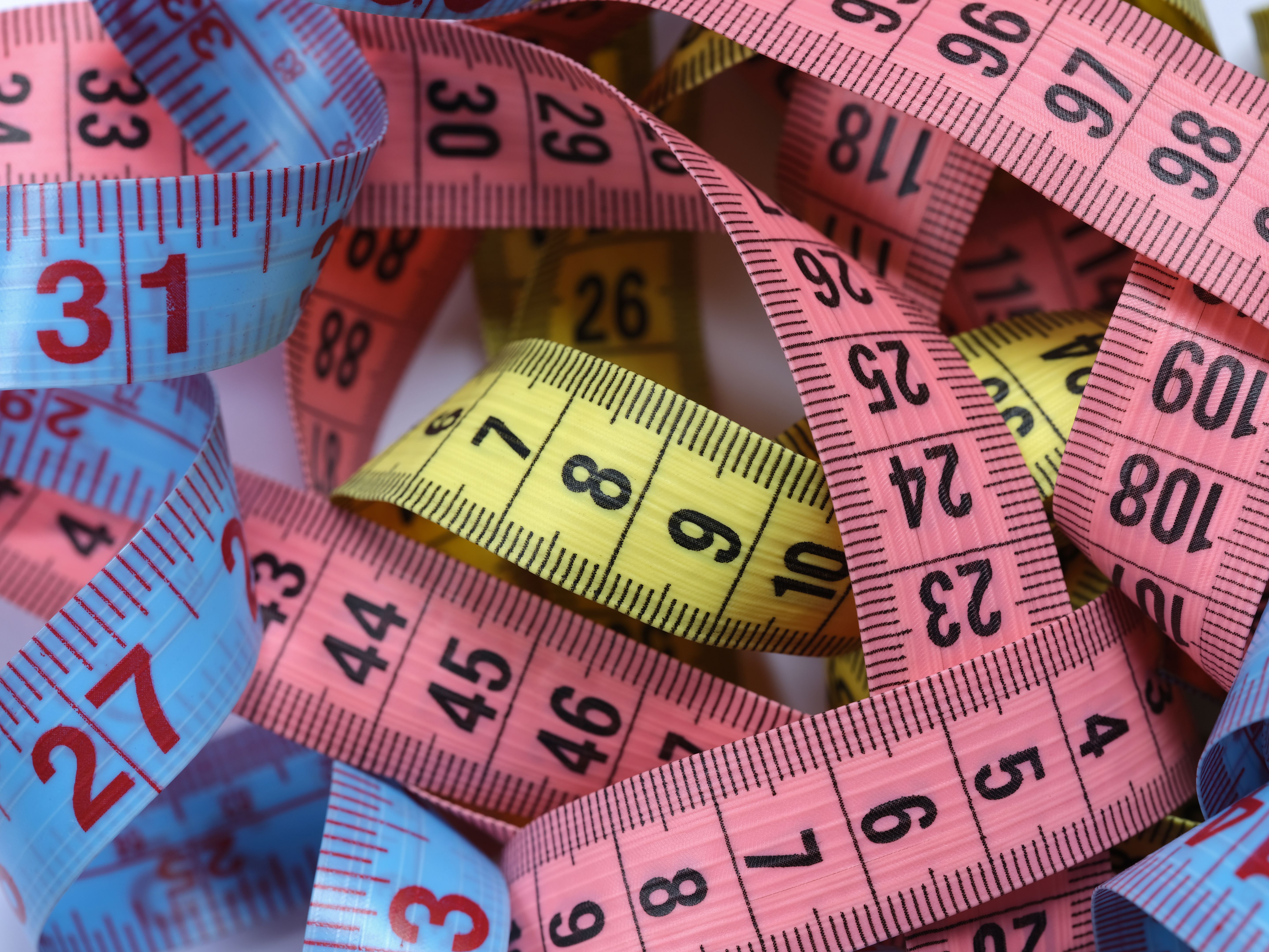Proving the Impact: Measuring Media's Role in Campaign Success
Understanding Media's Influence on Campaign Success
In today's digital age, the success of marketing campaigns often hinges on the effective use of various media channels. However, proving the impact of media on a campaign's success can be an intricate process. Understanding and measuring this impact is crucial for marketers aiming to optimize their strategies and achieve their desired outcomes.
Media plays a vital role in shaping public perception and driving consumer behavior. The ability to quantify its effect allows marketers to allocate resources more efficiently and enhance overall campaign performance. By developing a robust framework for measurement, businesses can better understand the return on investment (ROI) of their media efforts.

Key Metrics to Measure Media Impact
When evaluating media's role in campaign success, several key metrics come into play. Each provides a unique perspective on how well a campaign is performing across different channels. Here are some essential metrics to consider:
- Reach: The number of unique people who have seen the campaign message.
- Engagement: This includes likes, shares, comments, and any other form of interaction with the content.
- Conversion Rate: The percentage of users who take a desired action, such as making a purchase or signing up for a newsletter.
By analyzing these metrics, marketers can gain insights into which media channels are most effective in reaching and engaging their target audience.

Tools and Techniques for Measuring Impact
The advent of advanced analytics tools has made it easier for marketers to measure media impact with greater accuracy. Tools like Google Analytics, social media insights, and customer relationship management (CRM) systems provide valuable data that can be leveraged to assess campaign success.
In addition to these tools, techniques such as A/B testing and marketing mix modeling are also employed to evaluate the effectiveness of different media strategies. A/B testing allows marketers to compare two versions of a campaign to determine which performs better, while marketing mix modeling analyzes the contribution of various channels to the overall campaign performance.
Challenges in Measuring Media Impact
Despite the availability of sophisticated tools and techniques, measuring media impact is not without its challenges. One of the primary obstacles is attributing success to specific media efforts in a multi-channel environment. With consumers engaging with brands across various platforms, isolating the effect of each channel can be complex.

Additionally, the rapid pace of change in the digital landscape means that marketers must continuously adapt their measurement strategies to keep up with new trends and technologies. Ensuring data accuracy and consistency across different platforms is also critical for obtaining reliable insights.
Strategies for Improving Measurement Accuracy
To overcome these challenges, marketers can employ several strategies to improve measurement accuracy. Implementing a unified analytics platform can help consolidate data from multiple sources, providing a comprehensive view of campaign performance. Regularly updating measurement frameworks to incorporate new channels and metrics is also essential.
Furthermore, fostering collaboration between marketing teams and data analysts can enhance the interpretation of results, leading to more informed decision-making. By prioritizing transparency and accountability in media measurement, businesses can demonstrate the true value of their marketing efforts.

The Future of Media Measurement
As technology continues to evolve, so too will the methods for measuring media impact. The integration of artificial intelligence and machine learning into analytics tools promises to provide deeper insights and greater predictive capabilities. This will enable marketers to anticipate consumer behavior more accurately and tailor their strategies accordingly.
The future of media measurement lies in embracing innovation and maintaining a proactive approach. By staying ahead of the curve, businesses can ensure that their campaigns achieve maximum impact and drive long-term success.
